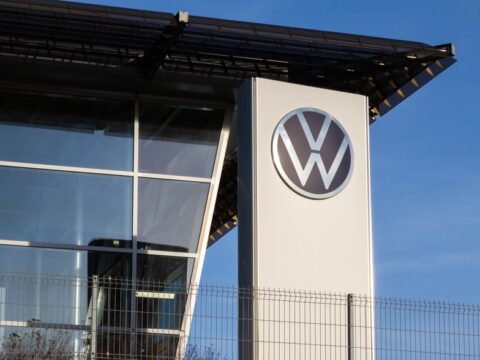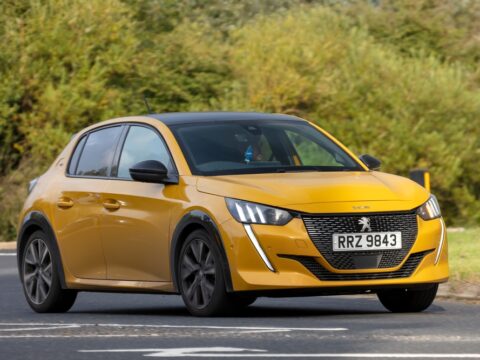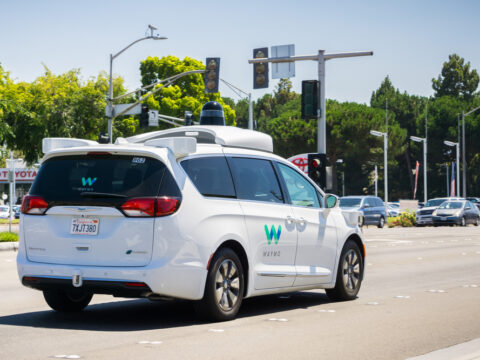Every car owner hopes for a reliable ride, but some vehicles have a knack for disappointing expectations with their frequent breakdowns. We delve into various models from acclaimed manufacturers such as Audi, Dodge, and Toyota, revealing why they’re more prone to mechanical and electrical issues. From troublesome transmissions to finicky electronics, discover what might be causing these cars to spend more time in the shop than on the road.
Contents
Audi A6
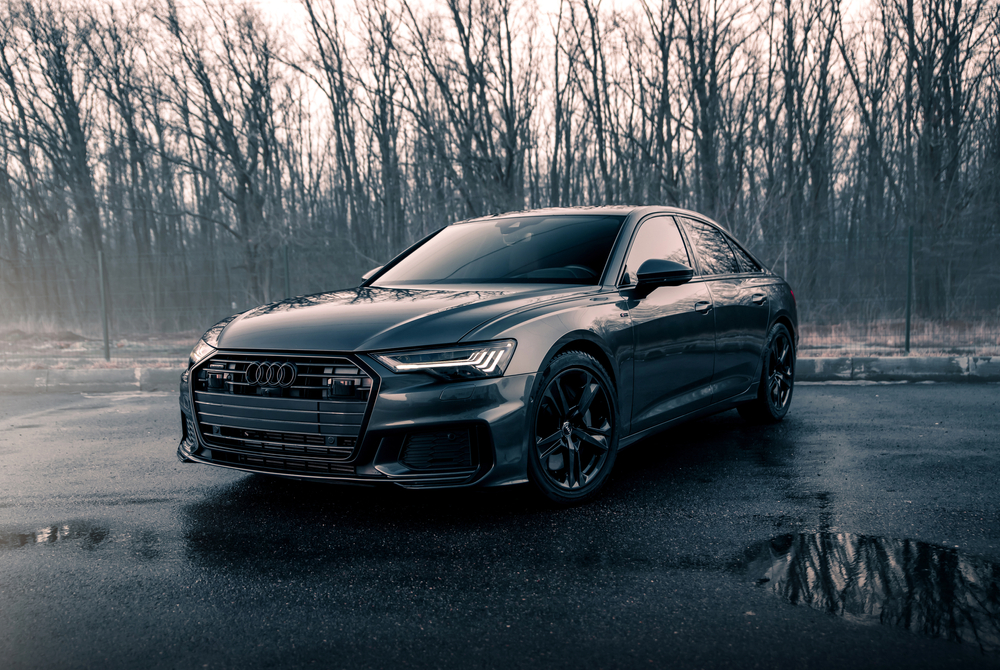
The Audi A6 has a reputation for luxurious interiors and advanced technology but struggles with reliability. Common issues include transmission malfunctions and electrical problems, with a breakdown rate reported at approximately 3.2 breakdowns per 100 vehicles annually. The vehicle’s sophisticated all-wheel-drive system and electronic modules, while enhancing performance and comfort, frequently contribute to these failures, making maintenance both complex and costly.
Dodge Grand Caravan
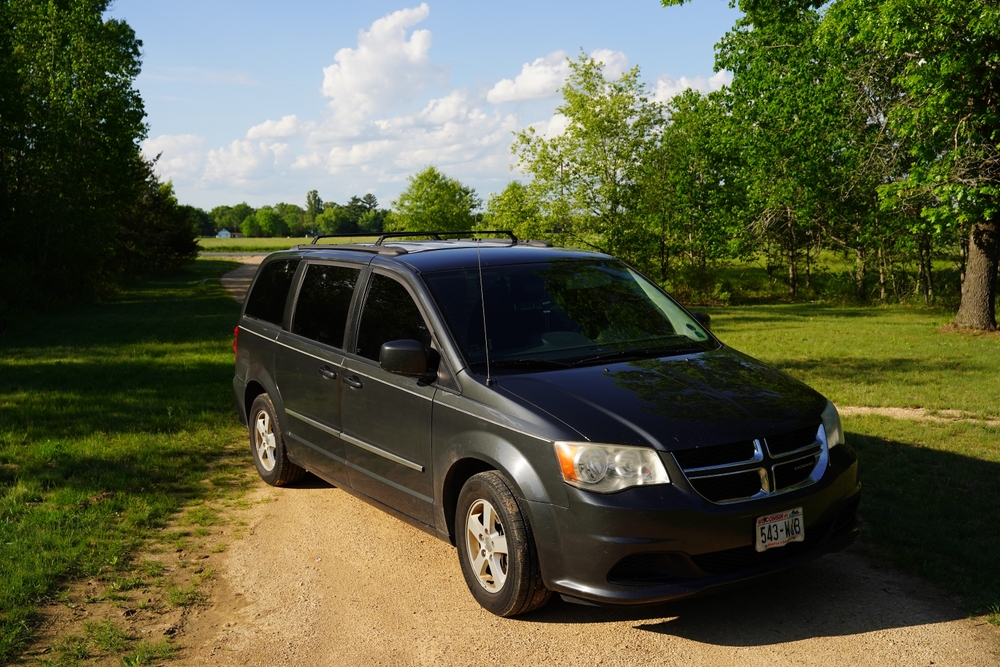
The Dodge Grand Caravan is particularly prone to breakdowns, with a rate of about 4.5 breakdowns per 100 vehicles per year. Key problems include faulty transmissions and recurring electrical system faults. This model is designed primarily for practical family use, leading to rapid wear of its less durable components. The frequent use and the multiplicity of electronic features designed to enhance family travel also lead to these increased breakdown rates.
Jeep Grand Cherokee
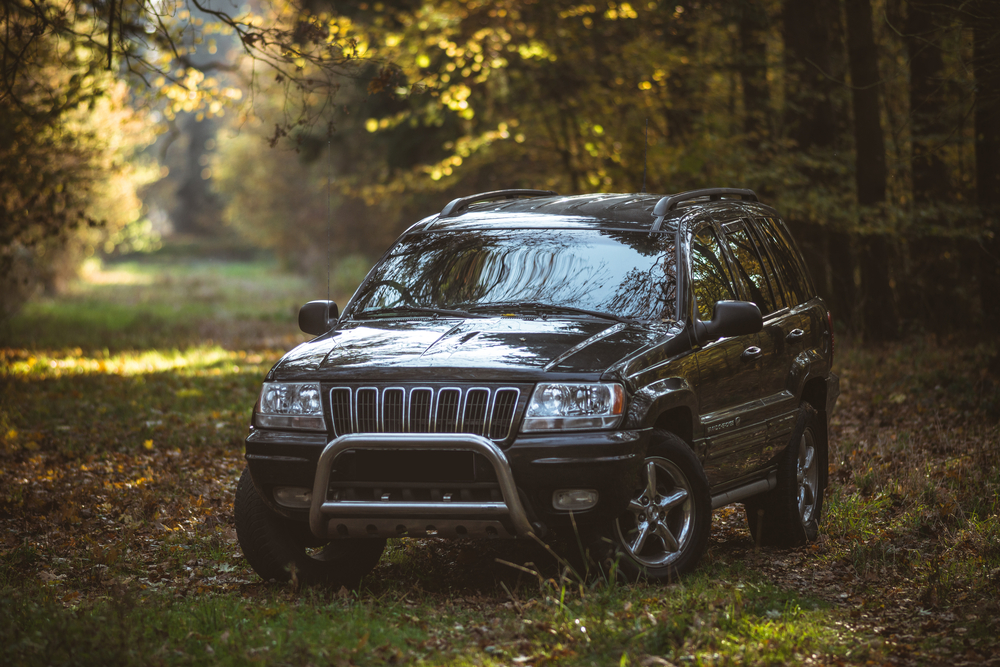
Known for its robust off-road capabilities, the Jeep Grand Cherokee unfortunately faces a high breakdown rate of around 3.8 per 100 vehicles annually. Common issues include transmission failures and problems with its electrical systems. The frequent use of the vehicle in challenging terrains exacerbates wear on its complex mechanical and electrical systems, increasing the likelihood of a breakdown.
Mini Cooper
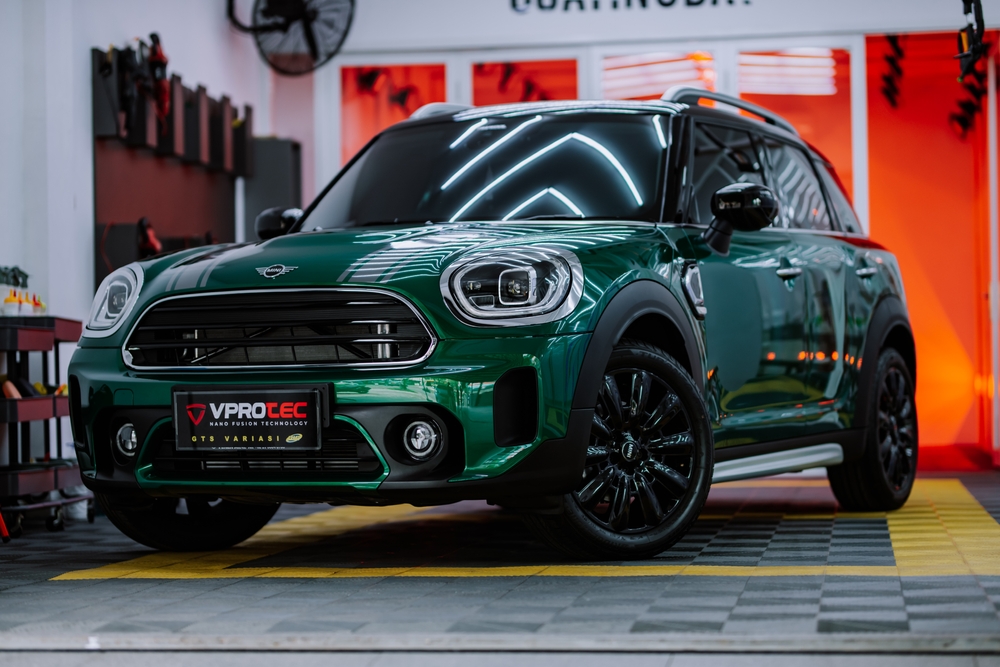
The Mini Cooper, with its iconic compact design, faces a breakdown rate of about 3.5 per 100 vehicles per year. The primary issues include cooling system malfunctions and transmission failures, especially in models produced in the early to mid-2000s. Its compact nature, while appealing for urban driving, places considerable stress on mechanical parts, particularly the cooling system, which is crucial for preventing engine overheating.
Renault Clio
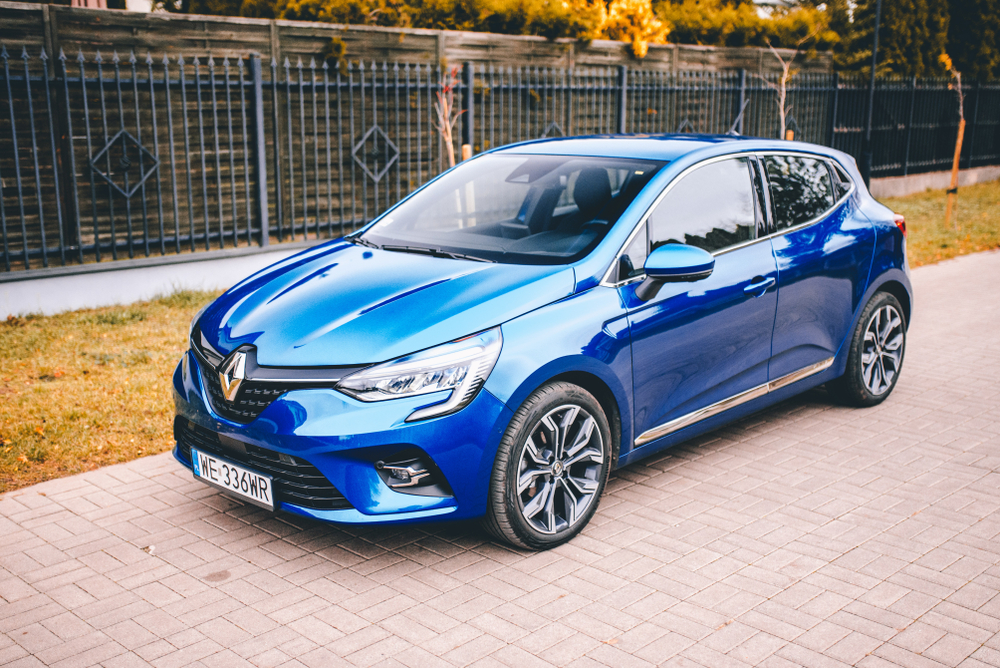
The Renault Clio experiences a relatively high breakdown rate, about 4.0 per 100 vehicles per year, mainly due to electrical and transmission issues. As a vehicle often chosen for its affordability and economy, the use of less robust components to keep costs down contributes to these problems, affecting its overall reliability and increasing the frequency of breakdowns.
Chevrolet Suburban
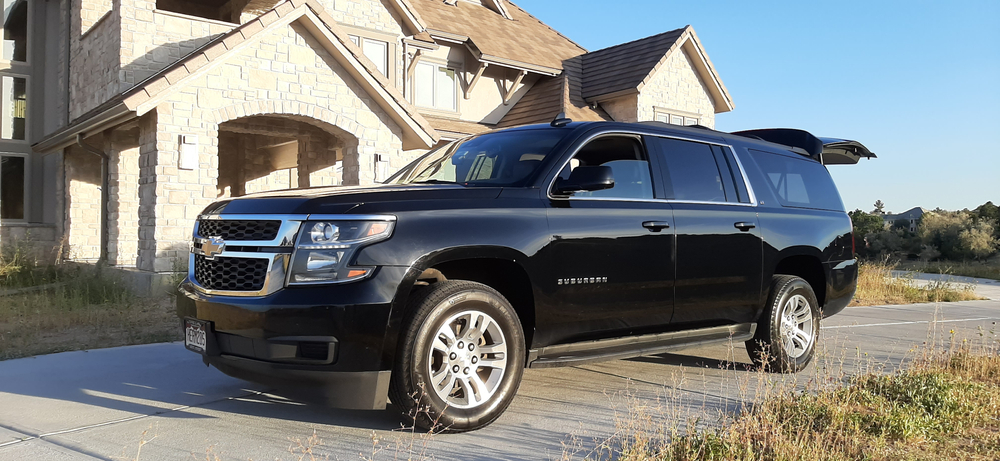
The Chevrolet Suburban reports a breakdown rate of approximately 2.9 per 100 vehicles per year. It often suffers from fuel system and transmission issues, particularly in older models. The vehicle’s large size and powerful engine require robust components to function under constant heavy loads, but inconsistencies in manufacturing quality over the years have impacted its reliability.
Land Rover Discovery
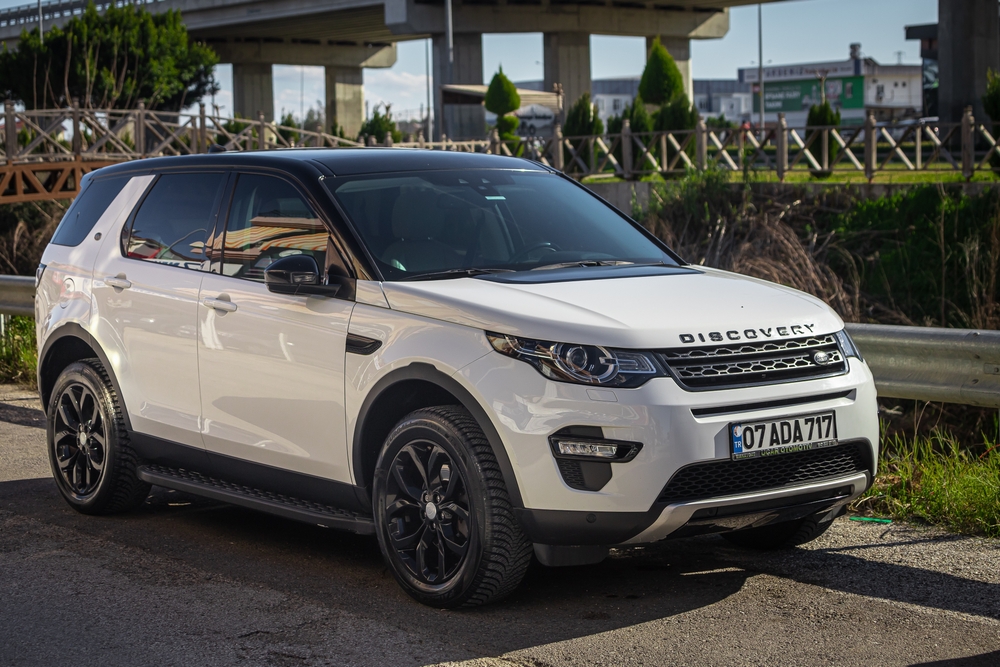
Despite its premium build and capabilities, the Land Rover Discovery faces a breakdown rate of around 4.1 per 100 vehicles annually. The model’s complex air suspension and sophisticated electrical systems, although enhancing off-road performance and comfort, are prone to failures. These systems are susceptible to wear and damage, especially under the rigorous conditions often faced by vehicles of this type.
Peugeot 307
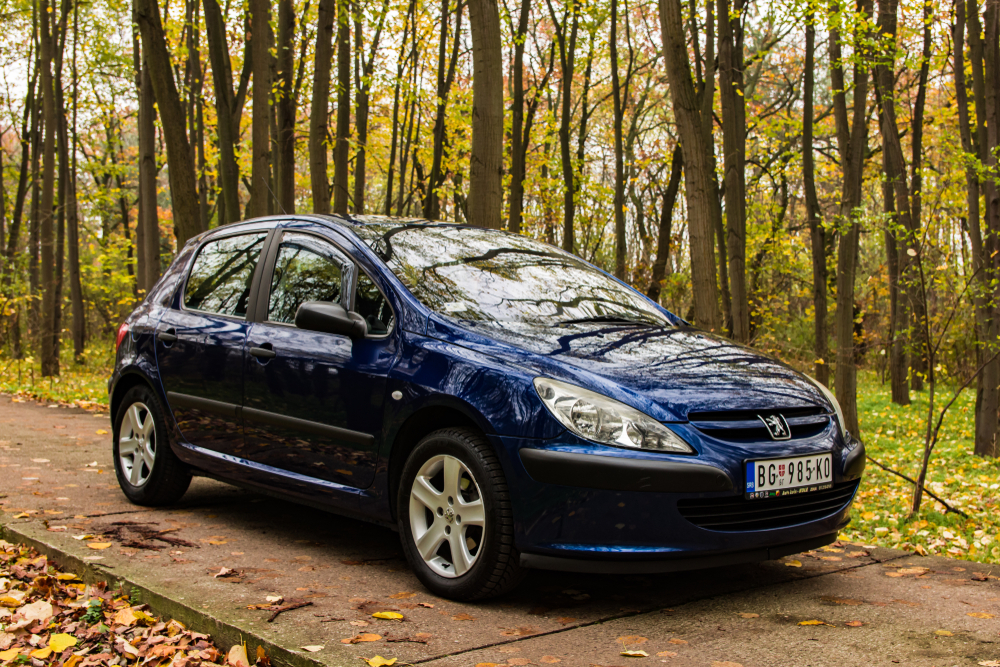
The Peugeot 307 sees frequent breakdowns, with a rate of about 3.7 per 100 vehicles per year. Electrical malfunctions and cooling system failures are common, driven by the car’s design which emphasizes compact urban use. This often leads to overheating and electrical issues, exacerbated by the intensive stop-start nature of city driving.
Volkswagen Passat
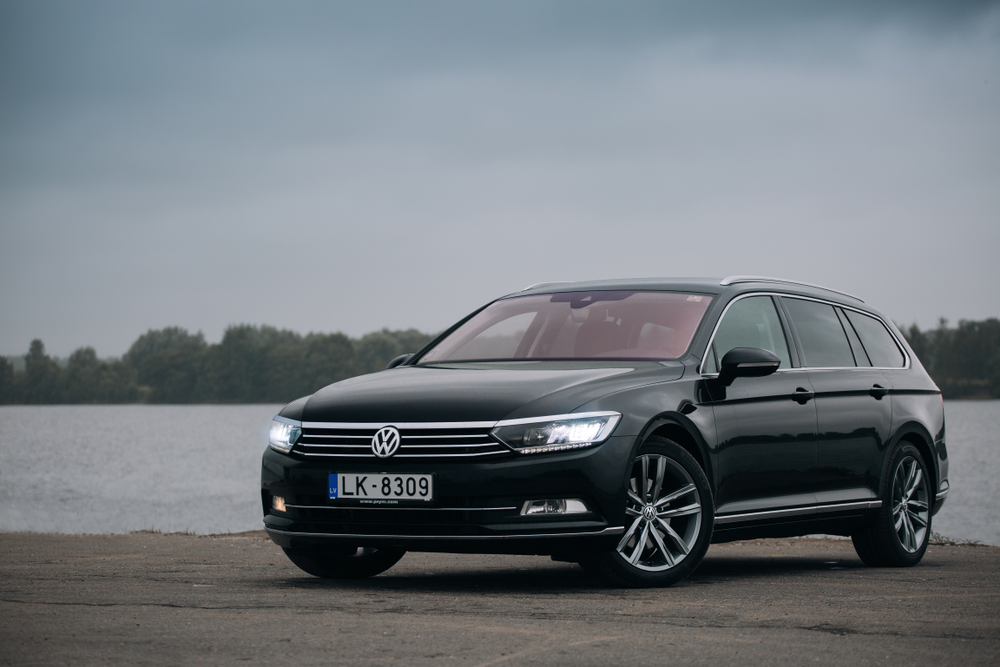
The Volkswagen Passat has a breakdown rate of approximately 2.8 per 100 vehicles annually. Engine and electrical system failures are the most significant issues. While the Passat is engineered for comfort and efficiency, the complexity of its electrical components and engine management systems can lead to more frequent maintenance issues and breakdowns.
Ford Focus
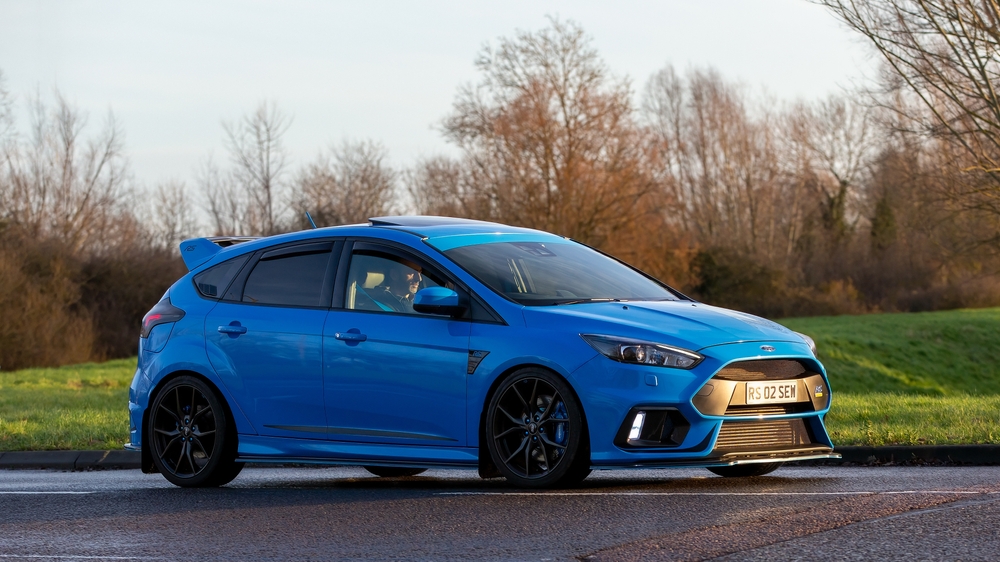
Known for its practicality, the Ford Focus has a reported breakdown rate of 3.4 per 100 vehicles per year, particularly due to problems with its PowerShift transmission and electrical glitches. The transmission, designed to improve fuel efficiency and performance, has faced reliability issues, while the car’s wide array of electronic features often leads to electrical failures.
Nissan Pathfinder
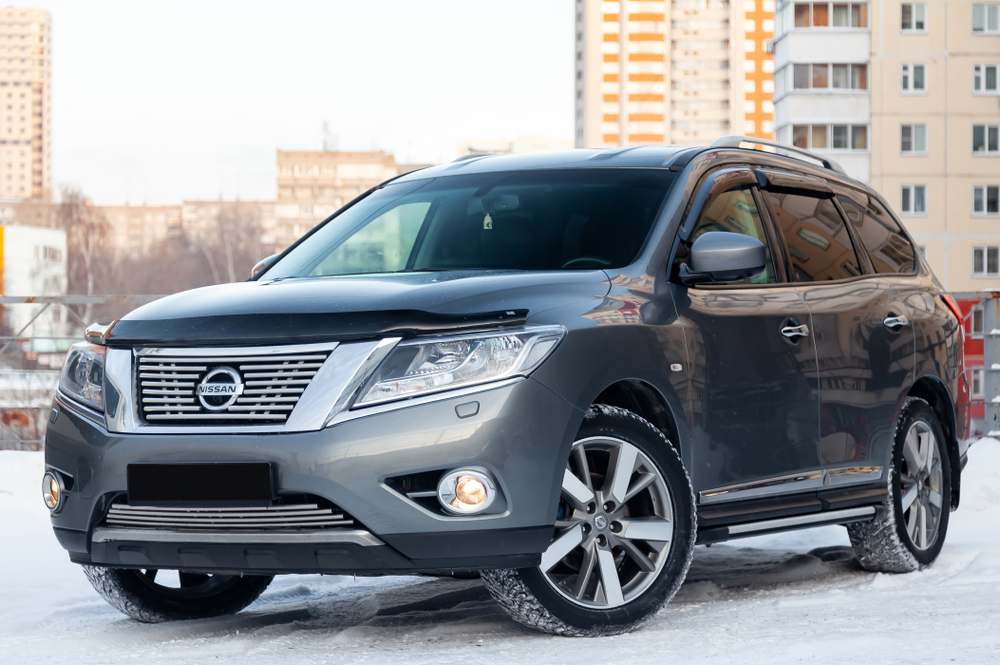
The Nissan Pathfinder reports a breakdown rate of about 3.6 per 100 vehicles per year. This SUV often encounters problems with its continuously variable transmission (CVT) and electrical system. The CVT is designed for a smoother and more fuel-efficient drive, but it has proven less durable under the heavy loads and varied conditions that Pathfinders are typically subjected to. Electrical issues often stem from the vehicle’s complex network of sensors and modules, which are integral to its numerous automated systems.
Mercedes-Benz R-Class
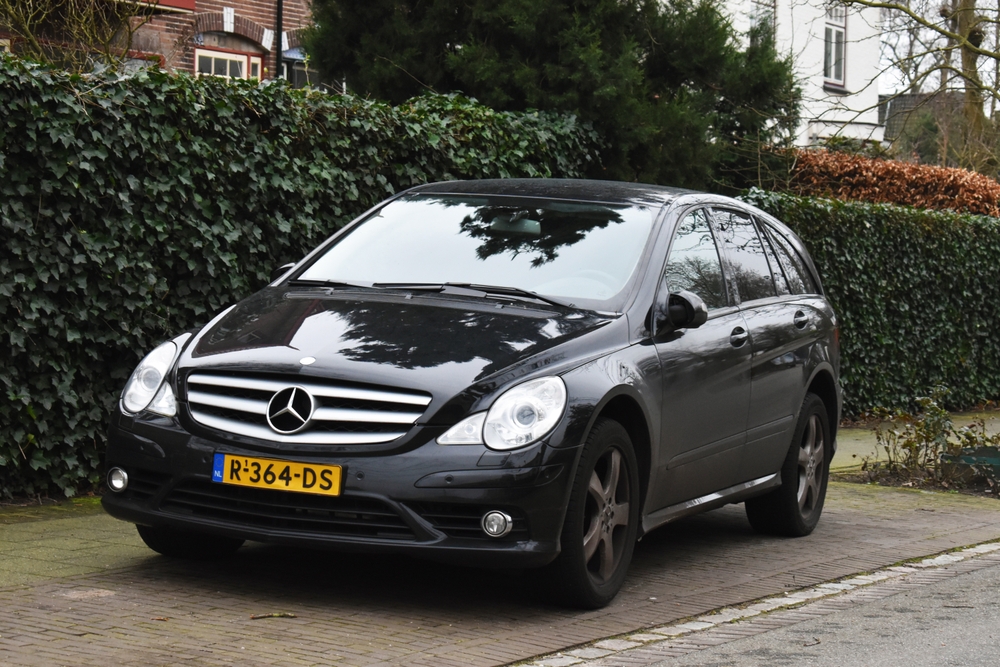
The Mercedes-Benz R-Class experiences a breakdown rate of approximately 3.1 per 100 vehicles annually. Frequent issues include air suspension failures and problems with engine components like the turbocharger and fuel injectors. As a luxury multipurpose vehicle, its sophisticated systems like air suspension provide superior ride quality but are complex and expensive to repair, contributing to its higher breakdown frequency.
BMW X5
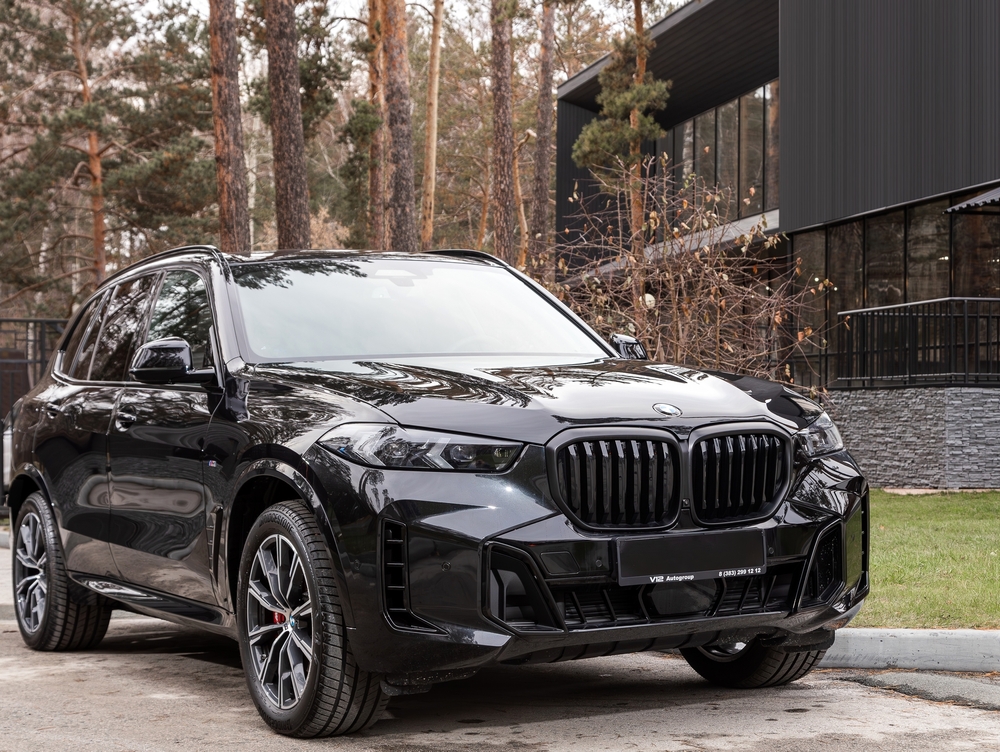
The BMW X5 faces a breakdown rate of around 3.3 per 100 vehicles per year. Common concerns include transmission failures and issues with the cooling system. The X5 integrates advanced technology for performance and comfort, which, while elevating the driving experience, also introduces reliability challenges. The cooling system issues are often due to the high-performance demands on the engine, requiring frequent maintenance.
Chrysler 300
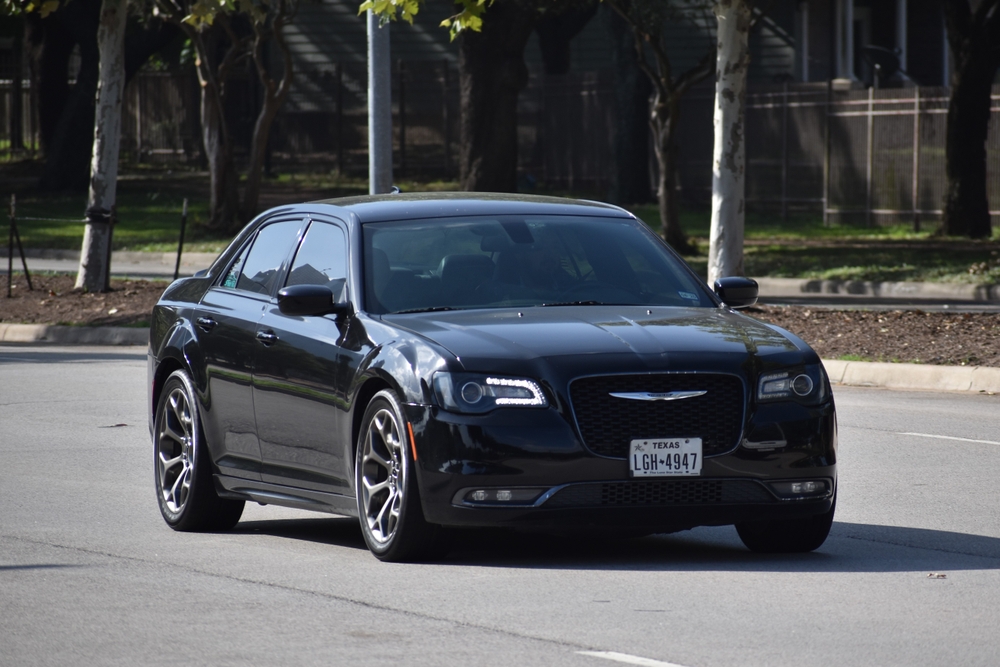
The Chrysler 300 shows a breakdown rate of about 3.9 per 100 vehicles annually. It typically struggles with electrical issues and engine problems, including engine control unit failures and sensors. The vehicle’s luxury features and powerful engine options place a high demand on its electrical and mechanical systems, leading to these common failures.
Jaguar XF
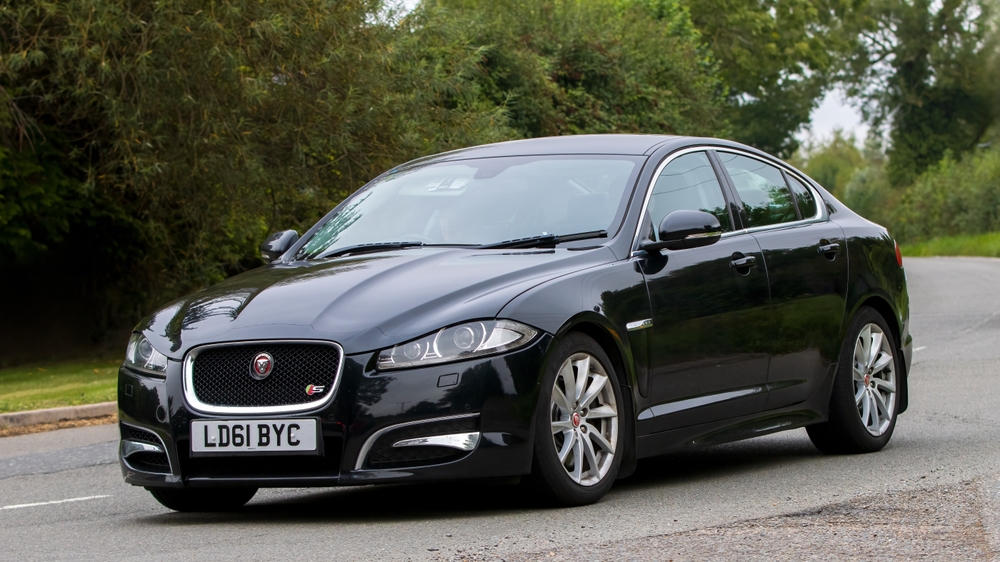
The Jaguar XF has a breakdown rate of approximately 3.0 per 100 vehicles per year. It frequently suffers from issues with its electronic components and turbochargers. The XF’s high-performance engine and sophisticated electronics, intended to enhance luxury and driving dynamics, are prone to failures, often resulting from the intricate configurations and the high quality expected of such components.
Porsche Cayenne
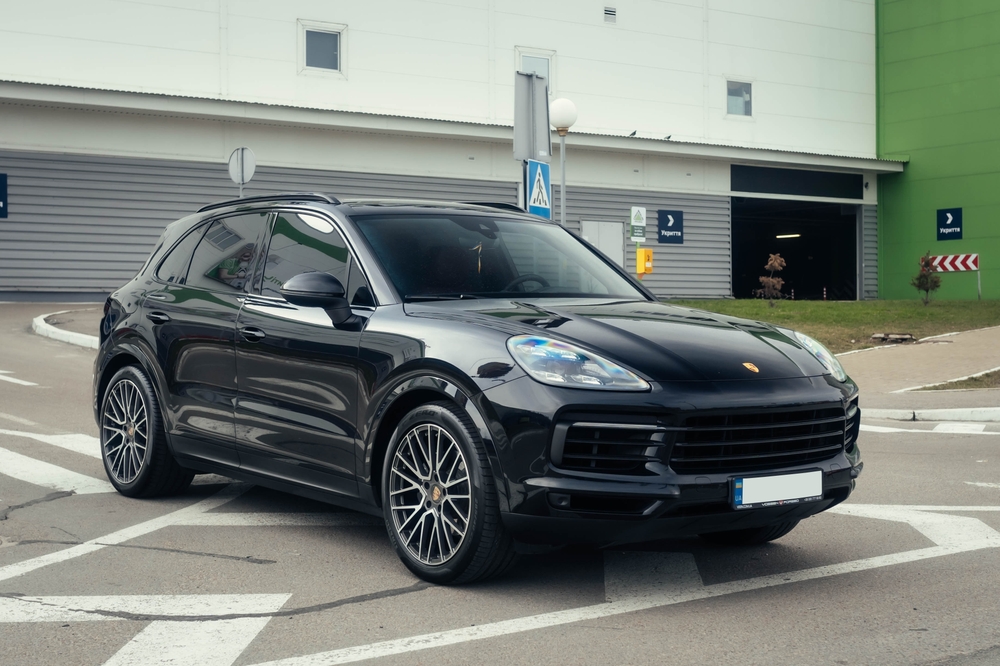
With a breakdown rate of about 2.6 per 100 vehicles per year, the Porsche Cayenne often encounters transmission failures and electrical issues. As a high-performance luxury SUV, the Cayenne’s complex drivetrain and electronic systems, designed for peak performance both on and off-road, can lead to more frequent and costly maintenance issues.
Toyota Tacoma
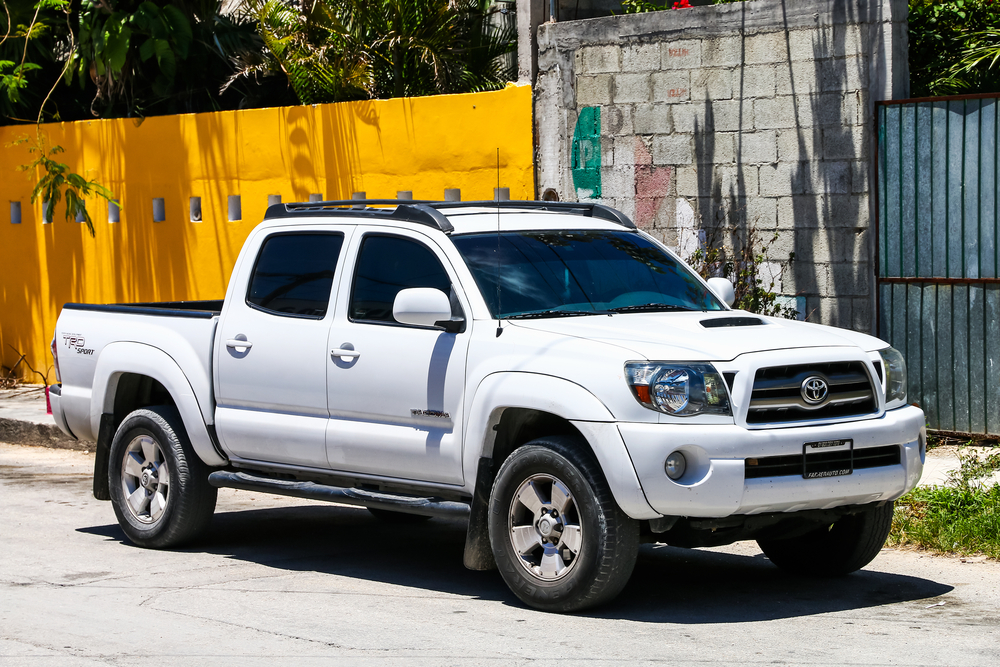
The Toyota Tacoma experiences a breakdown rate of about 3.2 per 100 vehicles annually. Known for its rugged durability, it still faces transmission and drivetrain issues, particularly in older models. While the Tacoma is built for durability, the harsh conditions it is often subjected to can accelerate wear and tear on its mechanical systems, leading to breakdowns.
This article originally appeared on MyCarMakesNoise.
More from MyCarMakesNoise
10 Classic RVs and Trailers That Revolutionized American Road Trips

This exploration takes you through a curated collection of the most beloved and recognizable recreational vehicles that have traversed the highways and byways of the U.S. Each model in this list represents a unique chapter in the story of American travel. Read More
10 Car Modifications That Will Transform Your Vehicle

In the realm of automotive enthusiasts, personalizing an import car is more than just a hobby; it’s an expression of individuality and passion. This article is a guide tailored for those looking to elevate their vehicles beyond the ordinary. Read More
10 Companies Revolutionizing Self-Driving Vehicles

The automotive landscape is undergoing a transformative shift as the autonomous era unfolds, with technology paving the way for self-driving vehicles. In this dynamic and groundbreaking industry, several companies are at the forefront, driving innovation and shaping the future of transportation. Read More

